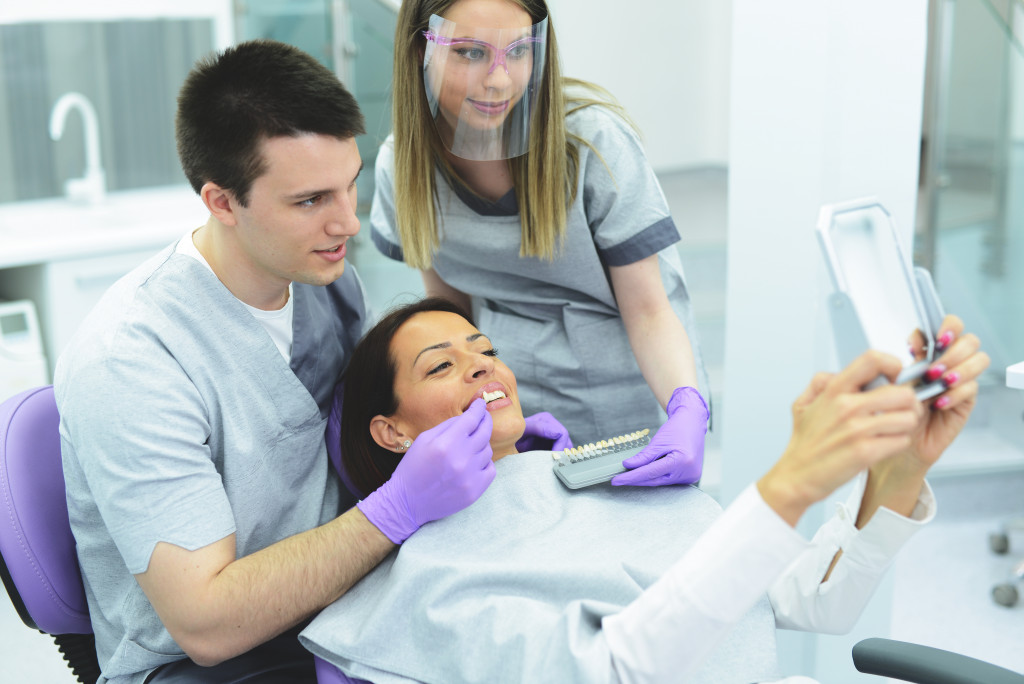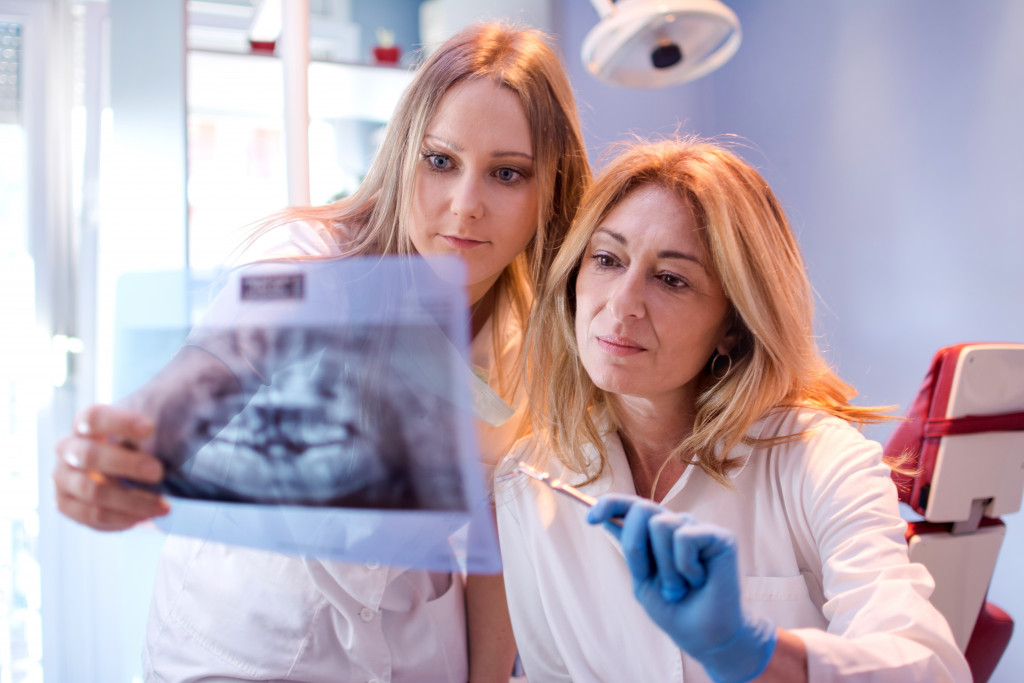Disclaimer: This website provides health information for educational purposes only and is not a substitute for professional medical advice, diagnosis, or treatment. Always seek the guidance of a qualified healthcare provider with any questions you may have.
- Modern teeth alignment solutions are minimally invasive and offer noticeably straighter smiles in a short time frame.
- Dental implants and bridges can provide permanent missing tooth replacements, while porcelain veneers can enhance a smile without invasive procedures.
- Digital X-rays and intraoral cameras allow dentists to diagnose problems quickly and accurately.
- Air purification systems help reduce airborne contaminants, making creating a pleasant environment for patients easier.
In modern times, dental care is not just about keeping cavities at bay. It’s becoming increasingly focused on preventative care, aesthetics, and even innovative solutions for mouth structure correction. From cutting-edge orthodontics to state-of-the-art technology for regular maintenance, here are some groundbreaking innovations redefining modern dental care.
Teeth Alignment
Crooked teeth are common, and the struggle to get them straightened can be a long one. But now, with advancements in orthodontics, dental practices are able to offer minimally invasive treatments that result in noticeably straighter smiles.
Dental Braces
Braces are some of the most revolutionary advancements in teeth alignment. Whether you’re dealing with an overbite or a crooked smile, these orthodontic solutions can help realign your teeth without any invasive procedure. With various braces available such as metal braces, ceramic brackets, and clear aligners like Invisalign, even adults can experience the perfect teeth alignment within 6 months to two years, depending on their level of misalignment.
Occlusal Adjustment
Occlusal adjustment is ideal for people who suffer from teeth grinding or temporal mandibular joint pain. This process involves reshaping or trimming your teeth’ biting surfaces to create a better bite and reduce grinding. It’s a minimally invasive procedure that can help alleviate discomfort and prevent further damage.
3D Printing
Custom-fitted retainers and dental crowns can now be created using 3D printing technology. This process, also known as additive manufacturing, allows dentists to design and create a set of retainers or crowns perfectly fitted to an individual’s mouth. This technology also eliminates the need for impressions, which can be uncomfortable for some patients.

Implants & Reconstruction Services
Cracked, chipped, and missing teeth are part of life, especially in aging. Fortunately, modern dental practices can offer various implant and reconstruction services that can restore the look and function of your teeth.
Dental Implants & Bridges
Dental implants have become a popular option among patients looking for missing tooth replacement with permanent results. Dental bridges are also effective in restoring missing teeth. These prosthetic devices, which can replace one or multiple teeth, are securely anchored to adjacent teeth using dental implants. This provides a permanent solution that looks and feels just like natural teeth.
Cosmetic Fillings
Silicon dioxide fillings have improved the process of filling cavities, making them virtually undetectable. These are great alternatives to traditional amalgam fillings, as they are aesthetically pleasing, durable, and more resistant to staining. It also lasts long and can prevent further damage to the enamel.
Veneers
These caps are made of porcelain material, which can be placed over teeth to correct dental flaws, such as gaps and discoloration. Porcelain veneers are also an excellent option for patients looking to enhance their smile without involving any invasive procedure. They look natural and can be adjusted easily to fit your unique dental profile.
Dental Imaging
It’s also easier for dentists to get an accurate picture of what’s happening in your mouth with the help of dental imaging tools. These tools are used to diagnose and treat various dental conditions and help dentists develop the best treatment plan for their patients.

Digital X-rays
Before, traditional X-rays used to take a long time and expose patients to more radiation than necessary. But digital x-rays make the imaging process faster, safer, and more accurate. It also requires a lower dose of radiation exposure and produces high-quality images that can be shared easily with other healthcare providers.
Intraoral Cameras
Using an intraoral camera, dentists can explore the mouth with a handheld wand and get clear pictures of the interior of your mouth. These images are then used to detect any signs of decay or other abnormalities in your teeth and gums that can be easily missed by the naked eye.
Air Quality
Lastly, air quality is essential in any dental practice. Air purification systems are now being used to reduce airborne contaminants, such as bacteria and allergens, which can cause various health concerns. These systems are designed to keep the air clean and help create a more pleasant environment for patients and staff.
As you can see, technology is transforming the dentistry landscape and making it easier for people to receive the best care possible. With the help of advanced tools and treatments, dentists can provide accurate diagnoses and effective solutions for their patient’s oral health needs.




